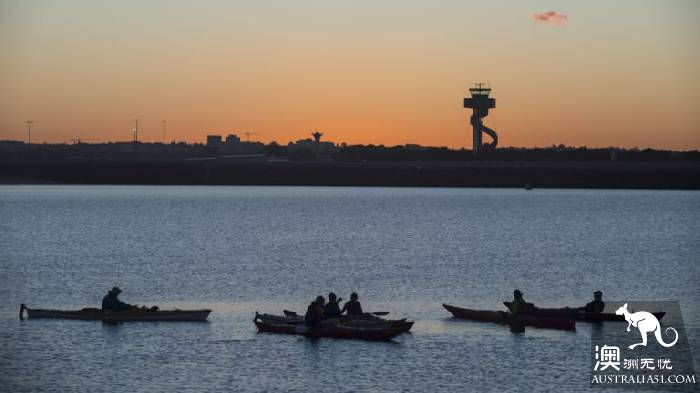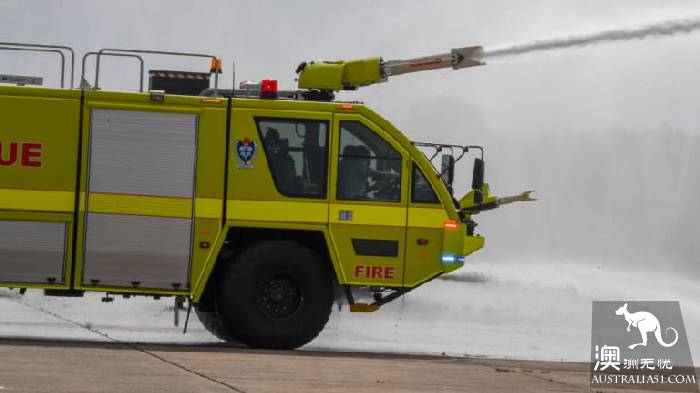
The sandstone aquifer in Botanical Bay is contaminated by toxic chemicals. (photo by Sydney Morning Herald)
A aquifer contaminated by toxic fire-fighting chemicals at Sydney Airport has infiltrated East Beach. A laboratory report confirming the extent of contamination of toxic chemicals was submitted to the authorities six years ago and has not been disclosed to the public.
Sydney Airport and surrounding land in the (Mascot) district of Muscoe is one of the most heavily contaminated places in Australia by harmful chemicals such as full (or multi) fluoroalkyl compounds. Despite a decade of testing of local pollution levels, the investigation report remains secret.
It is learned that the site is seriously polluted by this toxic chemical because during decades of fire fighting training at the airport, the airport fire brigade sprayed a large number of fire extinguishing agents containing all (polyfluoroalkyl) compounds onto the ground and then infiltrated the soil. Eventually pollute the aquifer. The compound, which cannot be cracked in the environment, has been polluting airports and surrounding groundwater since the 1970s.

Fire drill at Sydney Airport. (photo by Sydney Morning Herald)
The Sydney Morning Herald cited a report found in the Free Information Act that the groundwater aquifer, also known as (Botany Sands Aquifer), is flowing from Century Park to Botanical Bay (Botany Bay). At Sydney Airport. The toxic chemical is found in the soil of the former Sydney airport fire brigade training ground, which is now used as a park and public recreation place.
The new data also raised concerns about the health of nearby residents, who often drilled small wells in the backyard and used contaminated groundwater to irrigate plants, fruit trees and vegetables in the front backyard until the authorities banned them in the early 20th century.
The findings of a survey of all (multiple) fluoroalkyl compounds around the airport also complicate the construction of the so-called Sydney portal road project, (Sydney Gateway), which was originally built by building a new road. From Sydney Airport via St. Peter`s District (St Peters) join Western Union Highway (WestConnex).
The airport and surrounding land is owned by the federal government and leased to the privately owned Sydney Airport Company, but the area has not been rehabilitated.

